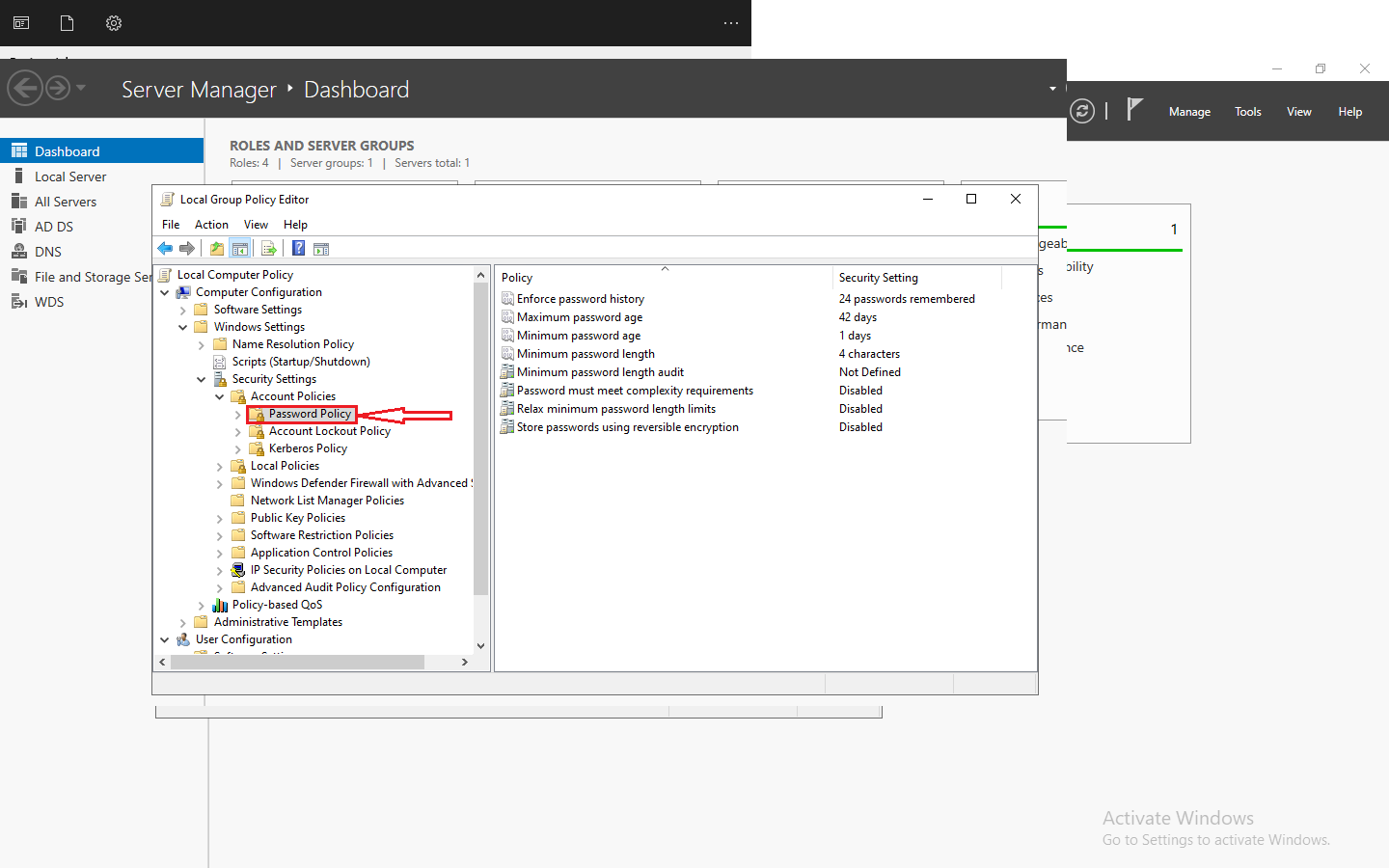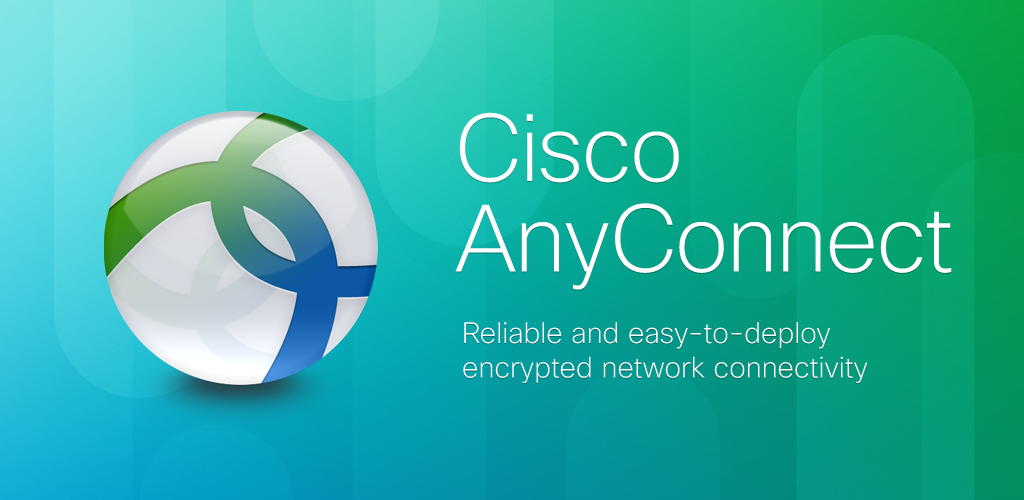A network monitoring tool is software designed to observe, analyze, and manage the performance and activities of a computer network. It provides administrators and IT professionals with real-time insights into various aspects of the network, allowing them to identify issues, optimize performance, and ensure the overall health of the network infrastructure. These tools typically monitor parameters such as bandwidth usage, device status, traffic patterns, and other relevant metrics.
Network monitoring tools help organizations maintain the reliability, availability, and efficiency of their networks, contributing to better overall IT management and user experience.
The Importance of Network Monitoring
Effective network monitoring tools play a crucial role in ensuring the transparent oversight and control of devices, verifying their accessibility when required. Due to the multifaceted nature of network management, a diverse range of tools falls under the category of “network management tools”.

Here is our list of the best network monitoring tools:
PRTG Network Monitor is a comprehensive network monitoring and management solution developed by Paessler AG. It is designed to provide real-time insights into the performance, health, and status of IT infrastructure components within a network. PRTG uses a sensor-based architecture, where each sensor monitors a specific aspect of the network, such as bandwidth usage, server health, or network traffic.
With its user-friendly interface, PRTG provides accessibility for both novice and experienced network administrators. The scalability of the platform allows it to adapt to networks of varying sizes and complexities. Supporting multiple network protocols such as SNMP, WMI, and NetFlow, PRTG ensures compatibility across diverse network environments.
2. Auvik

Auvik is a network management and monitoring solution designed to provide IT professionals with comprehensive visibility and control over their network infrastructure. Auvik is particularly popular among MSPs and IT professionals managing complex networks. It aims to simplify network management tasks and enhance overall network visibility and control. Keep in mind that specific features and capabilities may evolve with software updates, so it’s advisable to check the latest documentation and release notes for the most accurate information.
With automated network mapping, Auvik provides a dynamic and visual representation of devices and their interconnections, enhancing network comprehension. Real-time monitoring capabilities allow administrators to track key performance metrics, device health, and bandwidth usage efficiently.
3. Wireshark
Wireshark is a powerful and widely-used open-source packet analyzer that allows users to capture, analyze, and inspect the traffic on a computer network. Wireshark excels in capturing and dissecting network packets, providing real-time insights into the communication between devices. Its cross-platform compatibility ensures accessibility across various operating systems, and users can seamlessly switch between live packet capture and offline analysis of pre-recorded data. With a diverse range of supported protocols, including common ones like TCP and UDP, Wireshark empowers users to delve into the intricacies of network traffic. As an open-source project, Wireshark benefits from a vibrant community, driving continuous development and fostering a wealth of educational resources.
4. SolarWinds Network Performance Monitor (NPM)
SolarWinds is a well-known provider of IT management software, offering a suite of tools designed to monitor, manage, and optimize various aspects of IT infrastructure. The Network Performance Monitor (NPM) ensures real-time monitoring, identification of issues, and optimization of network performance. Server & Application Monitor (SAM) extends its capabilities to servers and applications, ensuring their availability and performance. SolarWinds excels in IT infrastructure management, covering servers, networks, databases, and applications. With Log Analyzer, organizations can collect, analyze, and visualize log data for security and troubleshooting purposes. The Security Event Manager (SEM) enhances security by providing SIEM capabilities for detecting and responding to security incidents.
The platform also offers automation and remediation capabilities, enabling users to automate routine tasks and respond promptly to issues. With integration options and scalability, SolarWinds caters to organizations of different sizes.
5. Nagios
Nagios is an open-source IT infrastructure monitoring system widely used for tracking the availability, performance, and security of networks, servers, applications, and services. The platform excels in real-time host and service monitoring, providing administrators with immediate insights into the operational health of their IT environment. Nagios boasts customizable alerting and notification mechanisms, ensuring that administrators are promptly informed of any issues or deviations through channels like email, SMS, or custom scripts. Its web-based graphical user interface facilitates intuitive configuration and management, offering a user-friendly experience. Performance graphs and historical data storage empower users to analyze trends over time, aiding in capacity planning and optimization efforts.
Nagios’ modular architecture is enhanced by a vast library of plugins and extensions, allowing users to tailor the system to monitor specific devices or applications effectively.
6. Zabbix
Zabbix is an open-source network monitoring and management solution designed to track the performance and availability of IT infrastructure components. Zabbix enables administrators to track the status and performance of network devices, servers, and applications. Its flexibility in data collection methods, including agent-based and agentless approaches, provides adaptability for diverse environments. Multi-level triggering and customizable alerting ensure timely notifications, and graphical representations of performance data facilitate trend analysis. Zabbix’s automation features, including auto-discovery and task automation based on monitoring data, enhance efficiency.
Zabbix also offers integration capabilities through APIs, allowing users to extend its functionality and integrate it seamlessly into existing workflows. Supported by an active user community and comprehensive documentation, Zabbix serves as a reliable and customizable solution for IT professionals seeking an open-source approach to network monitoring and management.
7. Cacti
Cacti is another open-source network graphing solution that specializes in monitoring and visualizing the performance of network devices. The platform’s strength lies in its graphical representation, providing visual insights into network performance trends over time. Users benefit from the flexibility of creating customizable graphs, tailoring visual representations to specific monitoring needs with options for data sources, time periods, and graph types.
Cacti further streamlines the setup process with templates and presets for common network devices, ensuring consistency in monitoring configuration. With the ability to define thresholds and configure alerts, administrators can proactively address issues as they arise. Cacti’s user management features and support for device discovery contribute to an efficient monitoring environment. The platform’s plugin architecture allows users to extend functionality, integrating additional features or data sources as needed.
8. ManageEngine OpManager
ManageEngine OpManager is a comprehensive network management solution designed to monitor and optimize IT infrastructure. ManageEngine OpManager is suitable for organizations of varying sizes, offering a comprehensive set of features for proactive network management, troubleshooting, and optimization. Its multi-vendor support and integration capabilities make it a versatile solution in diverse IT environments.
The platform’s customizable alerts and notifications keep administrators promptly informed of any deviations from normal network behavior or predefined thresholds. OpManager’s dashboards and detailed reports provide visual representations of network performance and historical data, aiding in analysis and reporting. With support for a wide range of network devices and vendors, OpManager is adaptable to diverse IT environments, and its network maps offer a clear visual representation of network topology for ease of comprehension and troubleshooting.
9. Splunk
Splunk is a powerful platform for searching, monitoring, and analyzing machine-generated data, providing insights into various aspects of IT infrastructure, security, and business operations.
Splunk integrates machine learning and AI, automatically identifying trends, anomalies, and patterns in data to enhance predictive analysis and anomaly detection. The platform’s alerting and notification system ensures proactive responses to specific events or conditions. With a focus on security, Splunk functions as a robust Security Information and Event Management (SIEM) solution, correlating and analyzing security-related data to detect and respond to threats effectively. Log management features aid in collecting, storing, and analyzing log data, facilitating troubleshooting and compliance efforts. Splunk’s extensible architecture and diverse app ecosystem allow users to enhance functionality with custom apps and integrations tailored to specific use cases.
The platform supports integration with a wide range of data sources and third-party applications, enabling organizations to leverage data from different systems for comprehensive analysis.
Click here to download the Splunk
10. Cisco Prime Infrastructure
Cisco Prime Infrastructure is a network management solution designed to simplify the deployment, monitoring, and management of Cisco wireless networks, wired networks, and mobility services. With a comprehensive focus on wireless LAN management, Prime Infrastructure facilitates planning, deployment, monitoring, and troubleshooting of Cisco wireless networks. Extending its capabilities to wired networks, administrators can efficiently manage and monitor wired devices and connections. The platform’s automated device discovery simplifies onboarding, automatically identifying and adding new devices to the management system.
Prime Infrastructure also ensures configuration compliance by monitoring and validating network configurations against predefined policies, maintaining security and compliance standards. User and endpoint tracking features offer visibility into the network, allowing administrators to track user and device locations, status, and connectivity details.
11. NetFlow Analyzer
NetFlow Analyzer is a network traffic analysis and monitoring tool that provides insights into bandwidth usage, network traffic patterns, and the overall health of IT infrastructure.The platform excels in collecting and analyzing flow data, offering information on source and destination IP addresses, ports, protocols, and data volume. With real-time bandwidth monitoring, administrators can identify bandwidth-intensive applications and users, optimizing network performance.
NetFlow Analyzer goes beyond by providing insights into traffic patterns, facilitating a nuanced understanding of resource utilization over time. Application Performance Monitoring (APM) features ensure the effective monitoring and analysis of critical applications, guaranteeing an optimal user experience.
11. Observium
Observium is an open-source network monitoring platform designed to provide comprehensive visibility and management of IT infrastructure. The platform’s automatic device discovery simplifies the onboarding of new network devices, streamlining the monitoring process. Real-time performance monitoring allows administrators to track and analyze metrics for network devices, servers, and applications. Observium offers dynamic network maps, visually representing the network topology and device relationships. Customizable alerts and notifications ensure administrators receive prompt responses to network issues or performance anomalies.
Observium’s extensibility through plugins allows users to add functionalities and integrations to meet specific requirements. The user-friendly web interface enhances the overall experience, providing easy navigation and access to monitoring data and reports.
12. Nmap (Network Mapper)
Nmap, short for “Network Mapper,” is a versatile and powerful open-source tool used for network discovery and security auditing. Nmap provides a range of features and capabilities for analyzing and mapping networks.
One of its core strengths lies in host discovery, efficiently identifying live hosts on a network through probes and response analysis. With comprehensive port scanning capabilities, Nmap determines the status of ports on target systems, distinguishing between open, closed, and filtered ports to aid in network reconnaissance. The tool goes beyond by providing service version detection, unveiling the specific applications running on open ports and potential vulnerabilities. The tool offers a balance between stealthy and aggressive scanning options, allowing users to choose the level of information gathering and potential detection.
13. Icinga
Icinga is an open-source monitoring and alerting system designed to provide comprehensive visibility into IT infrastructure, ensuring the availability and performance of services and applications.
Icinga excels in performance data collection, enabling trend analysis, historical reporting, and capacity planning for optimized resource usage. The support for distributed monitoring setups enhances scalability and redundancy across multiple nodes. The graphical dashboard offers a centralized and visually intuitive interface, displaying critical metrics and status information for efficient monitoring.
With role-based access control (RBAC), Icinga enables administrators to define and control user access and permissions based on roles, ensuring secure and tailored access to monitoring data. The platform also provides historical reporting capabilities, allowing administrators to review past incidents, analyze trends, and make informed decisions for future improvements.
14. MRTG (Multi Router Traffic Grapher)
MRTG, or Multi Router Traffic Grapher, is an open-source network monitoring tool designed to monitor and graph the traffic load on network links. MRTG seamlessly gathers traffic data from diverse network devices such as routers and switches, ensuring compatibility with a wide array of network equipment. One of its standout features is its ability to generate graphical representations that offer clear and intuitive insights into bandwidth utilization over time.
With a user-friendly web interface, MRTG simplifies access to monitoring data and graphs, facilitating efficient navigation for administrators. Being open source and cross-platform, MRTG is freely available and can be deployed on various operating systems, making it accessible to a broad user base.
Additionally, MRTG benefits from an active user community, and various extensions and add-ons are available to enhance its functionality and support additional features.
15. Dynatrace
Dynatrace is a comprehensive observability platform that provides real-time insights into the performance and health of applications, microservices, and the entire IT infrastructure.
The platform incorporates real user monitoring (RUM) to analyze user interactions, offering valuable insights into user experience and behavior. With synthetic monitoring, Dynatrace enables the proactive identification of performance issues before impacting real users by simulating user interactions. Designed to support cloud-native architectures and microservices, Dynatrace provides visibility into modern, distributed applications. Infrastructure monitoring encompasses servers, containers, and cloud services, offering insights into resource utilization. The platform features automatic baselining and anomaly detection, allowing for proactive issue resolution based on established performance metrics.
Dynatrace stands as a preferred choice for organizations seeking advanced observability solutions to optimize application performance, enhance user experiences, and streamline troubleshooting in today’s complex IT environments.













